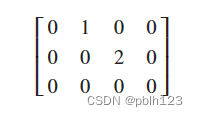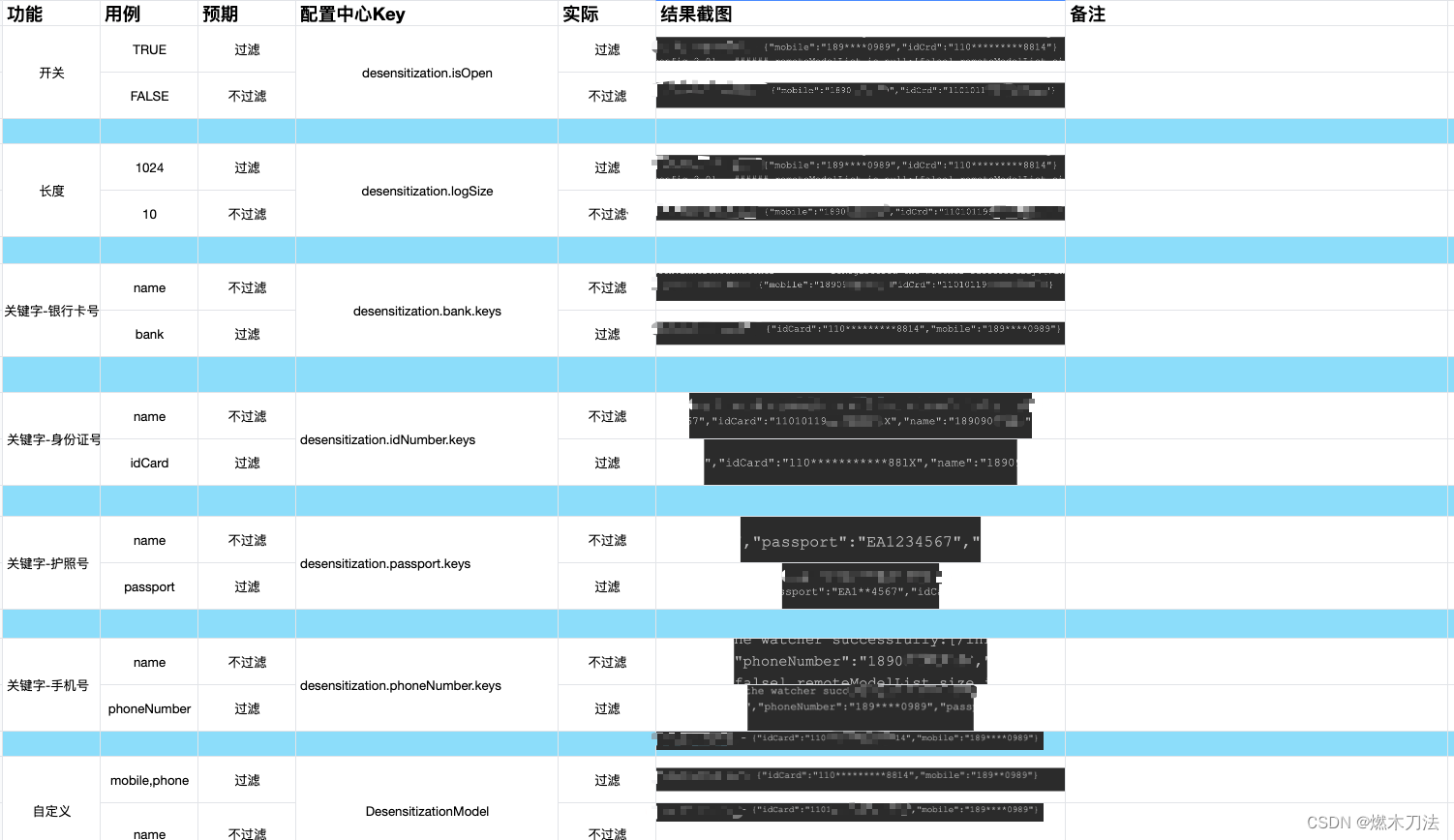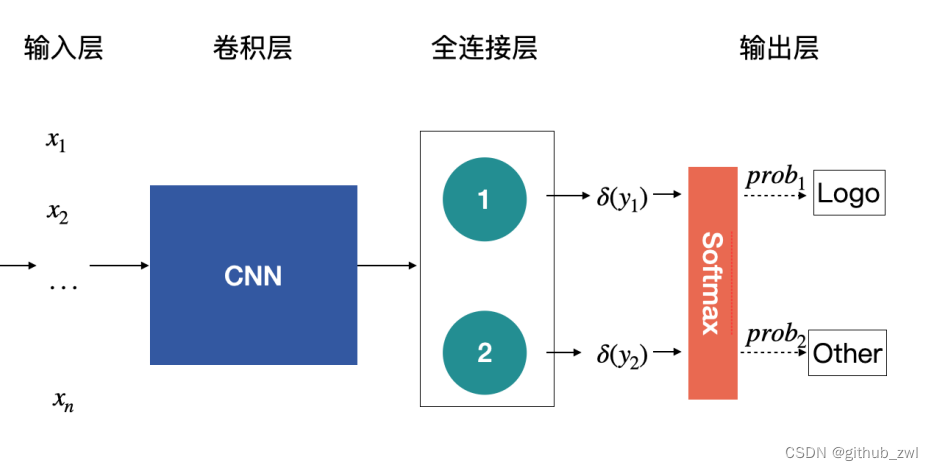张量 Tensor
张量(Tensor)是一个可用来表示在一些矢量、标量和其他张量之间的线性关系的多线性函数,这些线性关系的基本例子有内积、外积、线性映射以及笛卡儿积。
张量是一种特殊的数据结构,与数组和矩阵非常相似。张量(Tensor)是MindSpore网络运算中的基本数据结构,本教程主要介绍张量和稀疏张量的属性及用法。
创建张量
张量的创建方式有多种,构造张量时,支持传入Tensor、float、int、bool、tuple、list和numpy.ndarray类型。
- 根据数据直接生成
- 从NumPy数组生成
- 使用init初始化器构造张量
- 继承另一个张量的属性,形成新的张量
import numpy as np
import mindspore
from mindspore import ops
from mindspore import Tensor, CSRTensor, COOTensor# 创建张量 data = [1, 0, 1, 0]
x_data = Tensor(data)
print(x_data, x_data.shape, x_data.dtype)np_array = np.array(data)
x_np = Tensor(np_array)
print(x_np, x_np.shape, x_np.dtype)from mindspore.common.initializer import One, Normal# Initialize a tensor with ones
tensor1 = mindspore.Tensor(shape=(2, 2), dtype=mindspore.float32, init=One())
# Initialize a tensor from normal distribution
tensor2 = mindspore.Tensor(shape=(2, 2), dtype=mindspore.float32, init=Normal())print("tensor1:\n", tensor1)
print("tensor2:\n", tensor2)from mindspore import opsx_ones = ops.ones_like(x_data)
print(f"Ones Tensor: \n {x_ones} \n")x_zeros = ops.zeros_like(x_data)
print(f"Zeros Tensor: \n {x_zeros} \n")张量的属性
张量的属性包括形状、数据类型、转置张量、单个元素大小、占用字节数量、维数、元素个数和每一维步长。
-
形状(shape):
Tensor的shape,是一个tuple。 -
数据类型(dtype):
Tensor的dtype,是MindSpore的一个数据类型。 -
单个元素大小(itemsize):
Tensor中每一个元素占用字节数,是一个整数。 -
占用字节数量(nbytes):
Tensor占用的总字节数,是一个整数。 -
维数(ndim):
Tensor的秩,也就是len(tensor.shape),是一个整数。 -
元素个数(size):
Tensor中所有元素的个数,是一个整数。 -
每一维步长(strides):
Tensor每一维所需要的字节数,是一个tuple。
x = Tensor(np.array([[1, 2], [3, 4]]), mindspore.int32)print("x_shape:", x.shape)
print("x_dtype:", x.dtype)
print("x_itemsize:", x.itemsize)
print("x_nbytes:", x.nbytes)
print("x_ndim:", x.ndim)
print("x_size:", x.size)
print("x_strides:", x.strides)# 张量索引
tensor = Tensor(np.array([[0, 1], [2, 3]]).astype(np.float32))print("First row: {}".format(tensor[0]))
print("value of bottom right corner: {}".format(tensor[1, 1]))
print("Last column: {}".format(tensor[:, -1]))
print("First column: {}".format(tensor[..., 0]))张量运算¶
张量之间有很多运算,包括算术、线性代数、矩阵处理(转置、标引、切片)、采样等,张量运算和NumPy的使用方式类似,下面介绍其中几种操作。
普通算术运算有:加(+)、减(-)、乘(*)、除(/)、取模(%)、整除(//)。
x = Tensor(np.array([1, 2, 3]), mindspore.float32)
y = Tensor(np.array([4, 5, 6]), mindspore.float32)output_add = x + y
output_sub = x - y
output_mul = x * y
output_div = y / x
output_mod = y % x
output_floordiv = y // xprint("add:", output_add)
print("sub:", output_sub)
print("mul:", output_mul)
print("div:", output_div)
print("mod:", output_mod)
print("floordiv:", output_floordiv)data1 = Tensor(np.array([[0, 1], [2, 3]]).astype(np.float32))
data2 = Tensor(np.array([[4, 5], [6, 7]]).astype(np.float32))
output = ops.concat((data1, data2), axis=0)print(output)
print("shape:\n", output.shape)# stack则是从另一个维度上将两个张量合并起来。
data1 = Tensor(np.array([[0, 1], [2, 3]]).astype(np.float32))
data2 = Tensor(np.array([[4, 5], [6, 7]]).astype(np.float32))
output = ops.stack([data1, data2])print(output)
print("shape:\n", output.shape)Tensor与NumPy转换
Tensor可以和NumPy进行互相转换。
# Tensor转换为NumPy
t = Tensor([1., 1., 1., 1., 1.])
print(f"t: {t}", type(t))
n = t.asnumpy()
print(f"n: {n}", type(n))# NumPy转换为Tensor
n = np.ones(5)
t = Tensor.from_numpy(n)
np.add(n, 1, out=n)
print(f"n: {n}", type(n))
print(f"t: {t}", type(t))稀疏张量
稀疏张量是一种特殊张量,其中绝大部分元素的值为零。
在某些应用场景中(比如推荐系统、分子动力学、图神经网络等),数据的特征是稀疏的,若使用普通张量表征这些数据会引入大量不必要的计算、存储和通讯开销。这时就可以使用稀疏张量来表征这些数据。
MindSpore现在已经支持最常用的CSR和COO两种稀疏数据格式。
常用稀疏张量的表达形式是<indices:Tensor, values:Tensor, shape:Tensor>。其中,indices表示非零下标元素, values表示非零元素的值,shape表示的是被压缩的稀疏张量的形状。在这个结构下,我们定义了三种稀疏张量结构:CSRTensor、COOTensor和RowTensor。
CSRTensor¶
CSR(Compressed Sparse Row)稀疏张量格式有着高效的存储与计算的优势。其中,非零元素的值存储在values中,非零元素的位置存储在indptr(行)和indices(列)中。各参数含义如下:
-
indptr: 一维整数张量, 表示稀疏数据每一行的非零元素在values中的起始位置和终止位置, 索引数据类型支持int16、int32、int64。 -
indices: 一维整数张量,表示稀疏张量非零元素在列中的位置, 与values长度相等,索引数据类型支持int16、int32、int64。 -
values: 一维张量,表示CSRTensor相对应的非零元素的值,与indices长度相等。 -
shape: 表示被压缩的稀疏张量的形状,数据类型为Tuple,目前仅支持二维CSRTensor。
indptr = Tensor([0, 1, 2])
indices = Tensor([0, 1])
values = Tensor([1, 2], dtype=mindspore.float32)
shape = (2, 4)# Make a CSRTensor
csr_tensor = CSRTensor(indptr, indices, values, shape)print(csr_tensor.astype(mindspore.float64).dtype)COOTensor
COO(Coordinate Format)稀疏张量格式用来表示某一张量在给定索引上非零元素的集合,若非零元素的个数为N,被压缩的张量的维数为ndims。各参数含义如下:
-
indices: 二维整数张量,每行代表非零元素下标。形状:[N, ndims], 索引数据类型支持int16、int32、int64。 -
values: 一维张量,表示相对应的非零元素的值。形状:[N]。 -
shape: 表示被压缩的稀疏张量的形状,目前仅支持二维COOTensor。
COOTensor的详细文档,请参考mindspore.COOTensor。
indices = Tensor([[0, 1], [1, 2]], dtype=mindspore.int32)
values = Tensor([1, 2], dtype=mindspore.float32)
shape = (3, 4)# Make a COOTensor
coo_tensor = COOTensor(indices, values, shape)print(coo_tensor.values)
print(coo_tensor.indices)
print(coo_tensor.shape)
print(coo_tensor.astype(mindspore.float64).dtype) # COOTensor to float64






